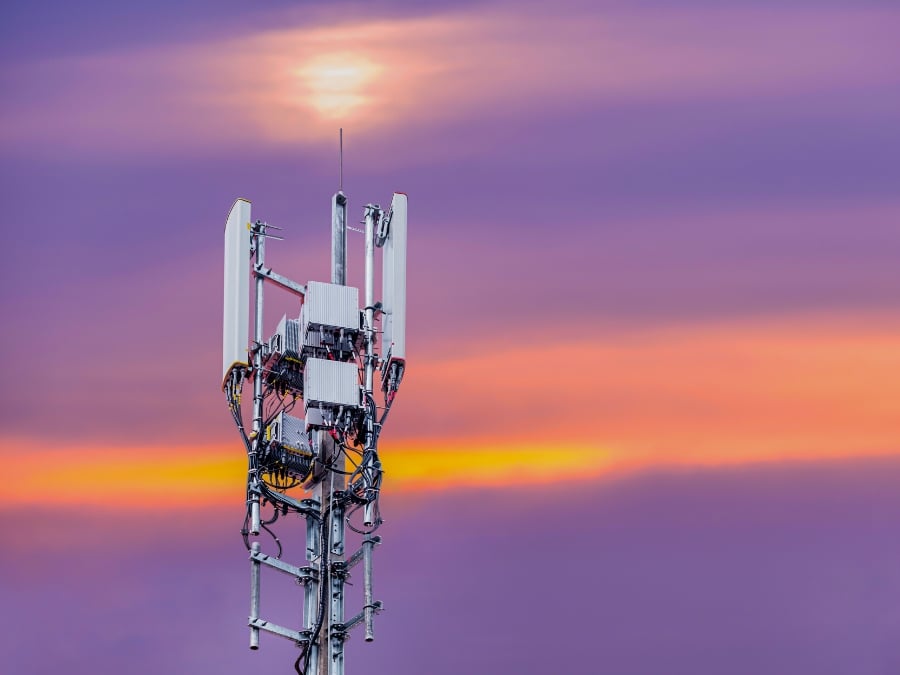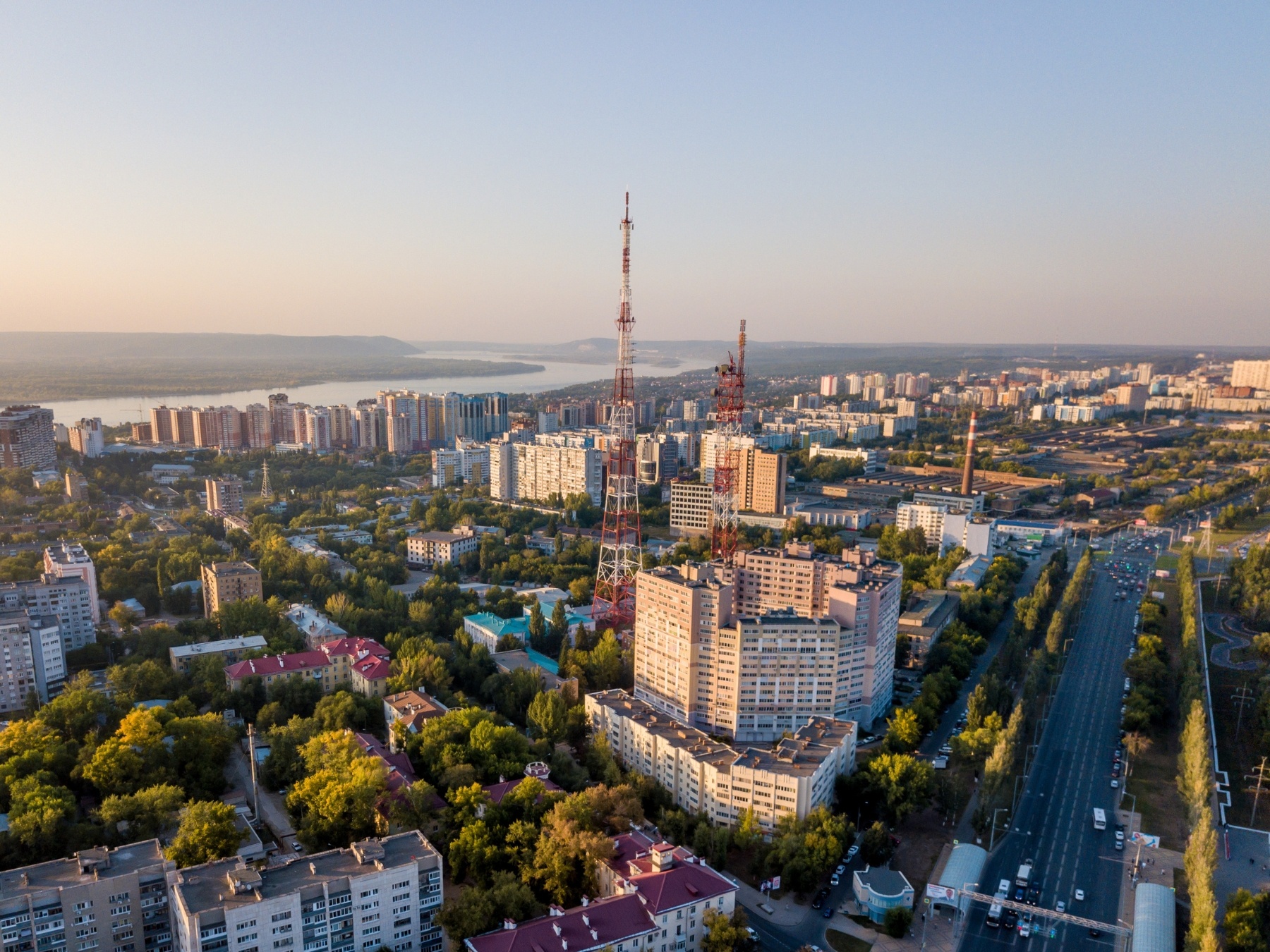Myth vs. Reality
In the fast-evolving world of telecommunications, the misconception around 5G vs. 5G Standalone (5G SA) has been gaining momentum. Telecom operators have been actively deploying 5G networks to provide faster download speeds and improved user experiences. However, the vast majority of early 5G deployments are based on a non-standalone architecture, and 5G is no more than just a supercharged version of 4G: as of 2023, out of the 535 operators known to be investing in 5G licenses, only 36 have invested in public 5G standalone networks, proving it is only at its beginnings*. So, what sets 5G SA apart?
What is 5G Standalone (SA)?
Unlike non-standalone 5G (NSA), which relies on existing 4G infrastructure, 5G Standalone (SA) offers a native end-to-end 5G experience. While non-standalone 5G provides an initial upgrade path by leveraging existing infrastructure, 5G SA requires network planning and deployment strategies to unlock the true potential of 5G technology. Such a quantum leap in infrastructure delivers unmatched speed and precision through:
- Network slicing
- Ultra-Reliable Low-Latency Communication (URLLC)
- Massive Machine-Type Communication (mMTC)
The positioning in 5G SA
5G SA has a transformative impact, especially regarding its location capabilities.
- Network Exposure Function (NEF): 5G SA empowers operators to monetize developers' access to their infrastructure through APIs. This opens doors to new revenue streams, with Network as a Service (NaaS) and Network as a Platform (NaaP) offerings.
- Enhanced geolocation capabilities: 5G SA leverages advanced technologies like beamforming, multi-cell RTT, and millimeter waves to achieve device localization accuracies of less than one meter. This precision is a game-changer for applications reliant on pinpointing device locations.
What can 5G SA be used for?
The advantages of 5G SA extend beyond faster speeds and increased capacity. It opens doors to a wide array of innovative use cases for telcos:
- Private 5G networks: With their vast network coverage, telecom companies accumulate a wealth of location data. 5G SA provides them with the tools to turn this data into a valuable asset and address new verticals, unlocking innovative possibilities.
- Connected vehicles: Highly accurate mobility data can help prevent accidents of anyone in motion (pedestrians, scooters, cars…)
- Connected factories: Geolocation in 5G SA seamlessly bridges the gap between indoor and outdoor tracking of SIM card locations, making it invaluable for tracking aircraft components manufactured in one country and assembled in another.
- Connected drones: 5G SA positioning plays a crucial role in ensuring that drones stay within authorized air corridors. Network location data is neutral and trustworthy to confirm that drones are operating precisely where they are supposed to be.
- Smart cities: By understanding citizen activity and mobility patterns, public authorities can tailor their services: advanced traffic management systems, intelligent infrastructure monitoring…
By investing in standalone architecture, operators can provide their customers with superior connectivity, revolutionize industries, and pave the way for a more connected future. We are working with leading tier-one operators around the world to deploy our location platform in 5G SA with regard to regulatory compliance as operators face new requirements set out by telecom regulatory authorities, but also to enable monetization of additional location-based offerings. Do not hesitate to reach out to us to discuss your specific needs.
*According to to GSA’s 5G SA report, 2023
Visit this page to know more about location data.
 5G Non-Stand Alone (NSA) vs. 5G Standalone (SA): Don't Get Fooled!" />
5G Non-Stand Alone (NSA) vs. 5G Standalone (SA): Don't Get Fooled!" />

.jpg)









.webp)


.webp)




















